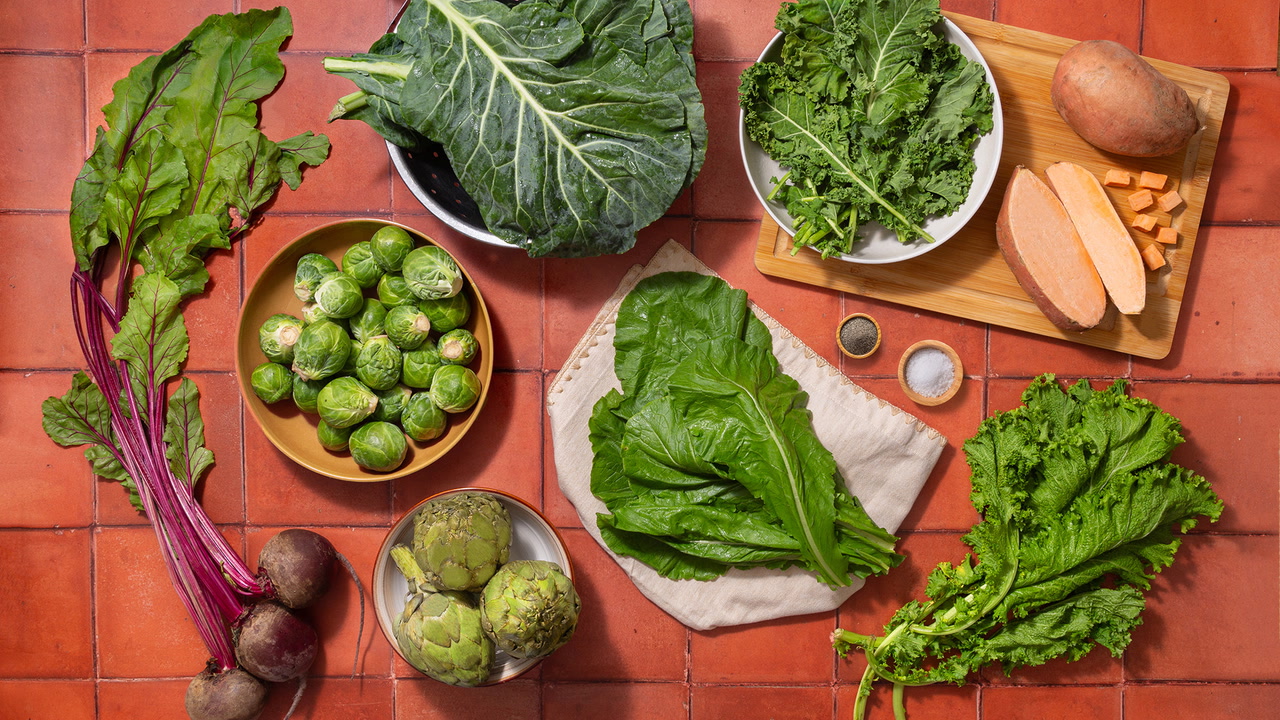In a world where environmental consciousness and personal wellness increasingly intersect, the Johnson family—who’ve dubbed themselves “the Liquid Family”—represents a growing movement of households committed to sustainable, health-focused living. Their story offers both inspiration and practical insights for anyone looking to embrace a greener, more mindful lifestyle.
The Origins of a Green Journey
The transformation began five years ago when Sarah Johnson, a mother of two, noticed her family’s mounting collection of plastic bottles, processed food containers, and synthetic household products. “I looked around our kitchen one morning and realized we were drowning in packaging and chemicals,” she recalls. “That’s when we decided to make a change—not just for our health, but for the planet our children will inherit.”
The family’s nickname emerged naturally as they shifted toward liquid-based solutions: homemade cleaning products, fresh-pressed juices, filtered water systems, and plant-based milk alternatives. “Everything seemed to flow better when we embraced liquids over solids, natural over synthetic,” explains her husband Mark, a software engineer who now grows their family’s herbs and vegetables.
Daily Rhythms of Sustainable Living
The Liquid Family’s morning routine sets the tone for their entire day. Instead of reaching for packaged cereals or coffee pods, they begin with fresh-squeezed vegetable juices and homemade oat milk smoothies. Their kitchen counters feature glass dispensers filled with bulk-purchased grains, legumes, and nuts—a system that eliminates packaging waste while keeping ingredients fresh.
Their cleaning arsenal consists entirely of simple liquid solutions: white vinegar for windows and surfaces, castile soap for dishes and laundry, and lemon-infused water for freshening. “People assume green living is complicated, but we’ve found the opposite,” Sarah notes. “Fewer products, fewer chemicals, fewer problems.”
Water plays a central role in their sustainability efforts. A whole-house filtration system eliminates their need for bottled water, while rain collection barrels irrigate their garden. The children, Emma (12) and Lucas (9), have learned to see water as a precious resource, timing their showers and helping maintain the family’s greywater system for landscape irrigation.
Challenges and Creative Solutions
The transition wasn’t without obstacles. Finding plastic-free alternatives required extensive research and sometimes multiple shopping trips. The initial investment in quality glass containers, water filtration, and organic ingredients strained their budget. “The first year was definitely an adjustment period,” Mark admits. “But we learned to see it as an investment in our long-term health and the environment.”
The family developed creative workarounds for common challenges. When bulk stores were inconvenient, they organized neighborhood buying cooperatives. For travel, they invested in high-quality reusable containers and water bottles. They even learned to make their own liquid soap and shampoo, turning bathroom routines into family science experiments.
Community Impact and Connection
Perhaps unexpectedly, the Liquid Family’s lifestyle choices have strengthened their community connections. Their monthly “Green Living Workshops” attract neighbors curious about sustainable alternatives. Emma and Lucas have become environmental ambassadors at school, teaching classmates about waste reduction and healthy eating.
“We’ve discovered that sustainable living is inherently social,” Sarah observes. “When you’re buying from farmers’ markets, sharing bulk purchases with neighbors, and teaching others to make their own cleaning products, you build relationships that might not exist otherwise.”
The family’s influence extends beyond their immediate circle. Their social media presence, while modest, showcases practical tips and honest discussions about the realities of green living. They emphasize progress over perfection, acknowledging that complete sustainability remains an ongoing goal rather than a finished achievement.
Health Benefits and Unexpected Discoveries
The health improvements have been remarkable and measurable. The family’s annual check-ups show improved energy levels, better digestion, and fewer seasonal illnesses. “Our doctor actually asked what we’d changed,” Mark laughs. “When we explained our liquid-focused approach to nutrition and cleaning, she was fascinated.”
The children have developed sophisticated palates and an intuitive understanding of nutrition. They can distinguish between different vegetable juices and prefer homemade alternatives to processed snacks. More importantly, they’ve internalized the connection between personal choices and environmental impact.
Looking Toward the Future
The Liquid Family continues evolving their practices, currently experimenting with fermented foods, natural dye-making, and expanded water conservation techniques. They’re planning to install solar panels and explore electric vehicle options, viewing each change as part of a comprehensive lifestyle philosophy rather than isolated improvements.
Their story demonstrates that sustainable, healthy living doesn’t require dramatic life overhauls or substantial wealth. Instead, it emerges from consistent, thoughtful choices and a willingness to question conventional approaches to daily routines.
“We’re not perfect,” Sarah emphasizes. “We still occasionally buy packaged foods or use disposable items when necessary. But we’ve proven to ourselves that small changes, sustained over time, create significant positive impact—for our health, our budget, and our planet.”
The Liquid Family’s journey offers hope and practical guidance for anyone ready to embrace a more conscious way of living. Their experience suggests that the path toward sustainability is not only achievable but can enhance family bonds, community connections, and personal well-being in ways that extend far beyond environmental benefits.
In a world facing mounting ecological challenges, families like the Johnsons remind us that meaningful change often begins at home, one conscious choice at a time.
